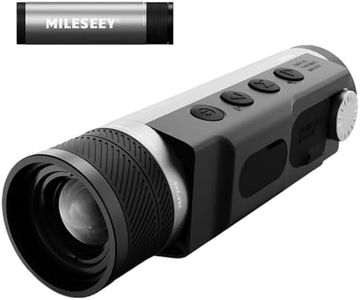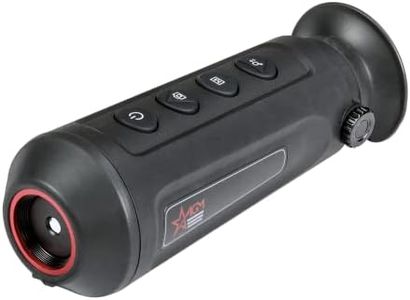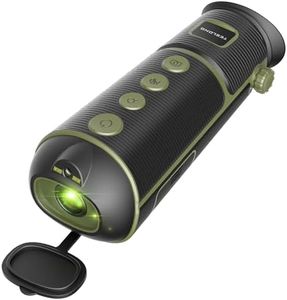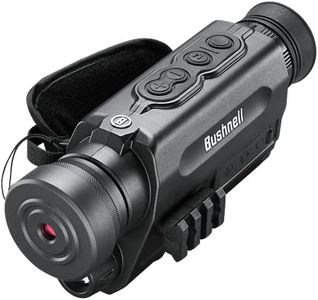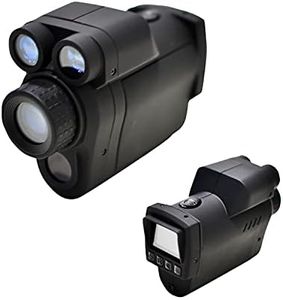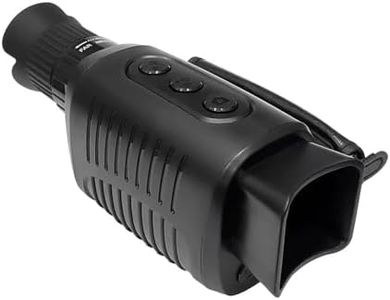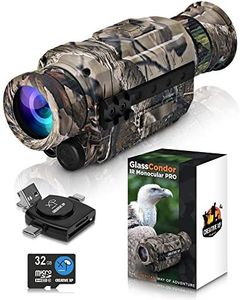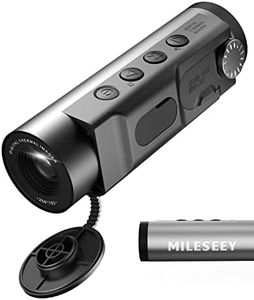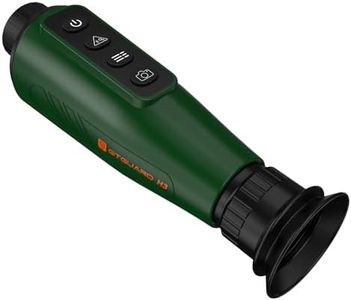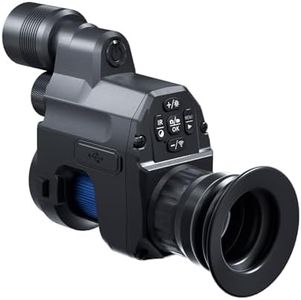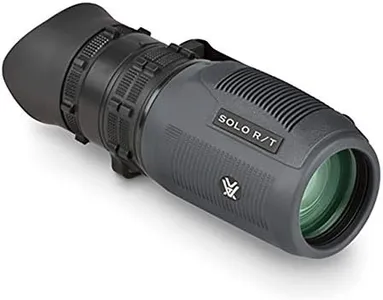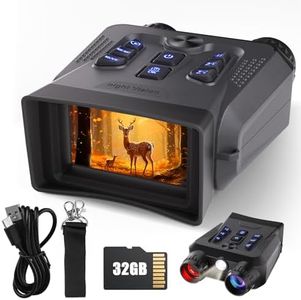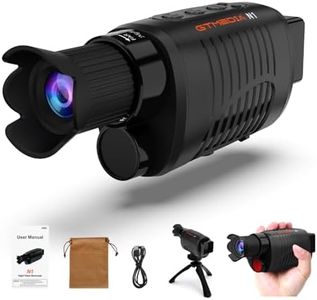We Use CookiesWe use cookies to enhance the security, performance,
functionality and for analytical and promotional activities. By continuing to browse this site you
are agreeing to our privacy policy
10 Best Night Vision Monoculars
From leading brands and best sellers available on the web.Buying Guide for the Best Night Vision Monoculars
When choosing a night-vision monocular, it's important to focus on how and where you'll use it. Night-vision monoculars are great for activities like wildlife watching, security, navigation, and camping. To make the right choice, think about what you plan to observe, the typical lighting conditions, and whether portability or durability matters most to you. Understanding the main specifications will help you decide which device best meets your needs.Generation (Gen 1, Gen 2, Gen 3, Digital)This term refers to the technology inside the monocular used for amplifying low light. Older generations, like Gen 1, offer basic night vision and are suitable for casual or occasional use. Gen 2 and Gen 3 provide greater clarity, brightness, and range, making them better for serious observers or challenging environments. Digital night vision is a modern alternative that works in both night and day, often with extra features like video recording. Picking the right generation depends on how sharp and clear you need your view to be and whether you want to use the device in all lighting conditions.
MagnificationMagnification tells you how much closer things will appear compared to the naked eye. Lower magnification (1x-3x) gives you a wider field of view for general navigation and situational awareness, making it easier to spot movement or navigate at night. Higher magnification (4x-8x) brings distant objects closer, which is better for viewing wildlife or observing specific targets from afar, but it narrows your view and can make the image less bright. To pick the right magnification, consider whether you need to see broad scenes or focus on distant details.
Field of ViewField of view describes how wide an area you can see through the monocular at once. A wider field of view lets you observe more at a glance, useful for scouting or navigation. Narrow fields of view are better for focusing on specific objects or targets. If you'll be moving around or tracking wildlife, a wider view is helpful, but if you're watching a fixed point, a narrower view might suffice.
Detection and Recognition RangeThis specification indicates how far you can spot (detection) and clearly identify (recognition) objects at night. Shorter ranges are fine for close-range tasks like navigation or around-the-house use, while longer ranges are needed for wildlife observation or security. Think about the typical distances you'll need to see in your use case and match the monocular to those needs.
Infrared (IR) IlluminatorAn IR illuminator acts like a flashlight your eyes can't see, boosting vision in total darkness. Some monoculars have built-in IR, others need external ones. Built-in IR is convenient for general use, while powerful external ones may be better for seeing further in pitch-black settings. If you expect to use the monocular in zero light, make sure the device includes a good IR illuminator.
Weight and SizeWeight and size determine how comfortable and portable the monocular is. Smaller, lighter models are easier to pack and hold for longer periods, which is useful for hiking or travel. Larger units may have more features or better image quality but can be cumbersome. Match the device's size and weight to how much you’ll carry it and the length of time you'll be using it.
Battery LifeBattery life indicates how long the monocular will work before needing a recharge or battery change. Longer battery life is important for extended use or multi-night trips, while shorter battery life is fine for quick tasks or occasional use. If you'll be out for long periods without access to charging, prioritize a device with long battery endurance.
Weather ResistanceWeather resistance means how well the monocular can handle rain, fog, and other harsh conditions. If you plan on using the monocular outdoors in unpredictable weather, look for specifications claiming water or fog resistance. For mostly indoor or dry weather use, this is less crucial.
